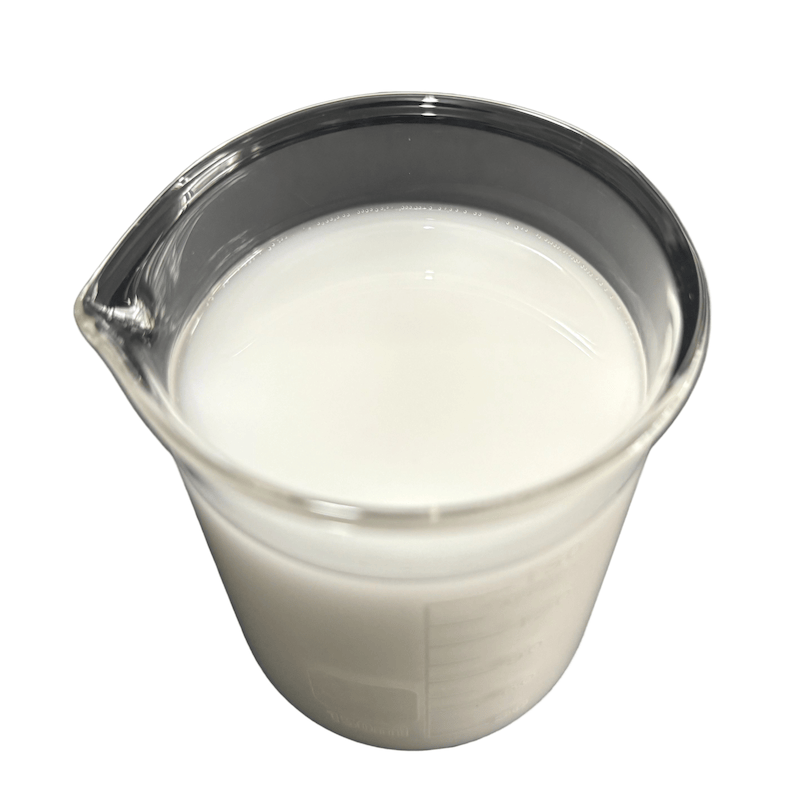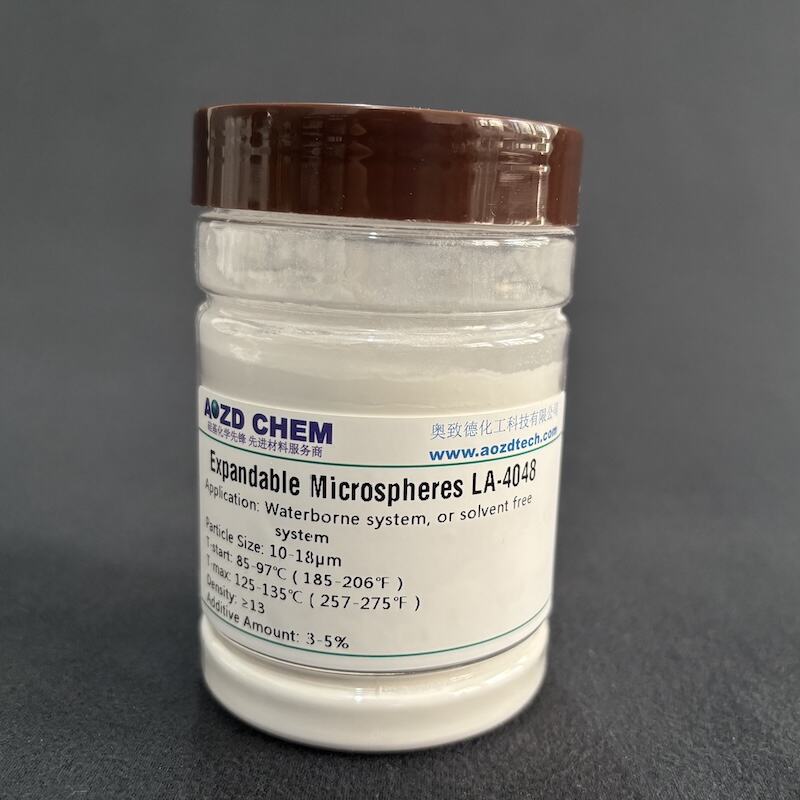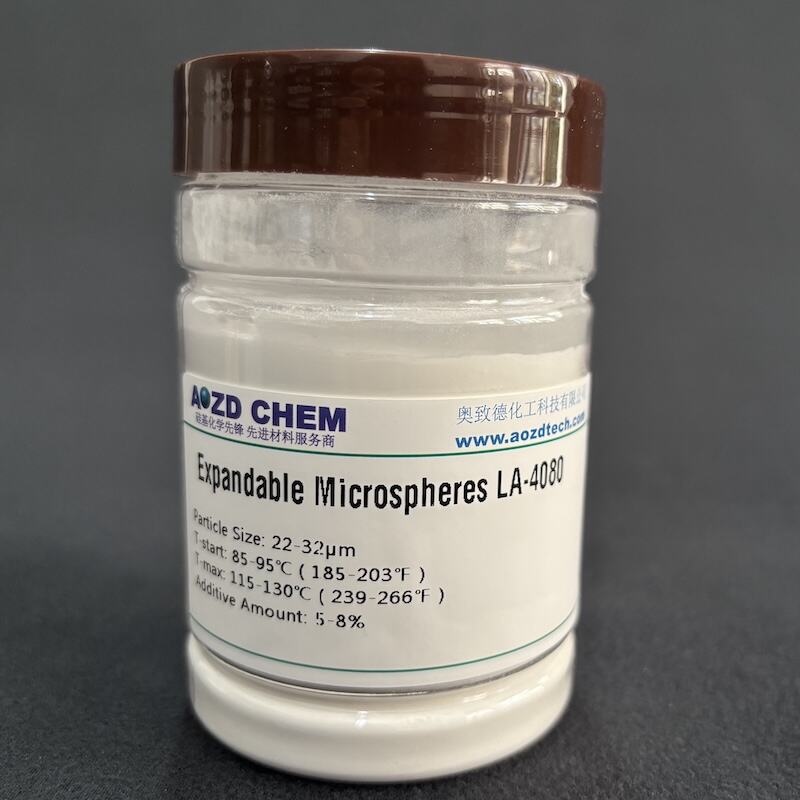artificial leather additives
Artificial leather additives are essential chemical compounds that enhance the quality, durability, and performance of synthetic leather materials. These specialized formulations serve multiple crucial functions in the manufacturing process, including improving flexibility, increasing UV resistance, enhancing color stability, and providing better wear resistance. The additives typically consist of plasticizers, stabilizers, flame retardants, and various processing aids that work synergistically to create high-quality artificial leather products. Modern artificial leather additives incorporate advanced technology to address specific manufacturing challenges and meet diverse end-user requirements. They play a vital role in controlling the physical properties of the final product, such as softness, elasticity, and texture. These additives also contribute to the material's environmental resistance, helping protect against degradation from heat, light, and chemical exposure. In the production process, they facilitate better processing conditions, ensure uniform distribution of components, and help achieve desired surface properties. The application scope extends across various industries, including automotive upholstery, furniture manufacturing, fashion accessories, and industrial applications. Contemporary artificial leather additives are increasingly being developed with environmental considerations in mind, focusing on reduced VOC emissions and improved biodegradability while maintaining high performance standards.







